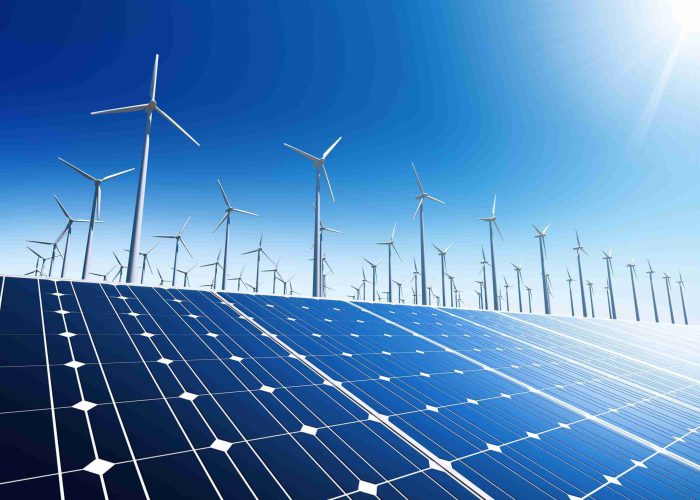IES Simulation & Code Compliance
Building Energy Simulation
Building Energy Simulation is a method used to predict and evaluate the energy performance of a building. It involves creating a virtual thermal geometry model of a building, including its structure, envelope, heating and cooling systems, ventilation, lighting, appliances, surrounding buildings and related parameters. The model is then used to simulate the energy use of the building under different scenarios, such as changes in building orientation, insulation, lighting systems, upgrading HVAC system, various energy conservation measures, renewable energy and payback. The aim of Building Energy Simulation is to help architects, engineers, energy consultants, and building owners to make informed decisions about energy-efficient design and retrofitting strategies, which can reduce energy consumption, improve indoor comfort, and decrease greenhouse gas emissions.
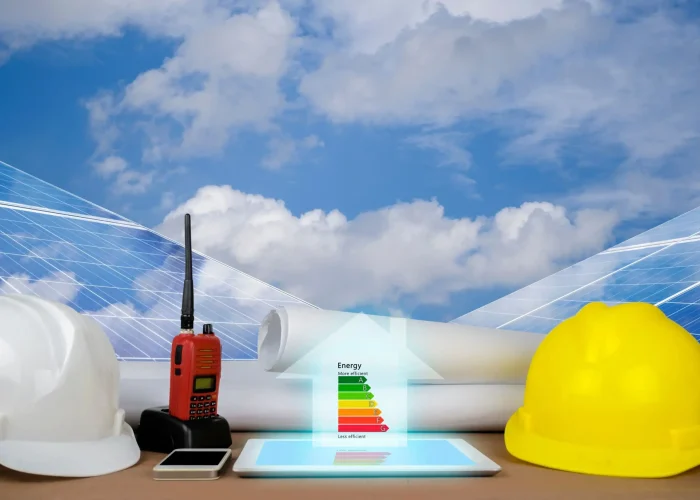
Calibration Modelling
Calibration modeling is a process used in building energy modeling to improve the accuracy of the predictions made by the model. The calibration process involves adjusting the input parameters of the model to match the actual energy consumption data of a building. The calibration process begins with collecting energy consumption data from the building over a certain period, typically a year or more. This data is used to compare the predicted energy consumption from the model with the actual energy consumption of the building. If there is a significant difference between the two, the input parameters of the model are adjusted until the predicted energy consumption matches the actual energy consumption as closely as possible. Calibration modeling is important because building energy models are often based on assumptions and simplifications that may not accurately reflect the actual behavior of a building. By calibrating the model to match the actual energy consumption data, the model can be used with more confidence to evaluate the performance of different building energy efficiency measures and to make informed decisions about building design and retrofitting strategies.
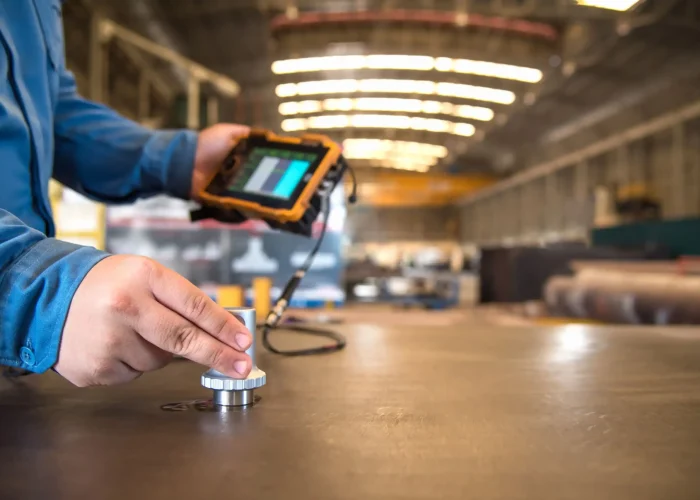
Load and HVAC systems Analysis
HVAC load refers to the amount of heating or cooling required to maintain a comfortable indoor environment in a building. It is calculated based on a variety of factors, including the size and layout of the building, the number of occupants, the amount of sunlight that enters the building, the type and quality of insulation, and the local climate. To determine the HVAC load for a building, HVAC engineers use specialized software programs such as IESVE (dynamic thermal simulation tool) that take into account all of these factors and calculate the amount of heating or cooling required to keep the indoor environment at a comfortable temperature. This information is then used to design and size the HVAC system for the building, including the size of the air conditioning units, ductwork, and other components. Properly sizing the HVAC system is important, as an undersized system will struggle to maintain the desired temperature and will use more energy to do so, while an oversized system will be inefficient and waste energy and money. By accurately calculating the HVAC load, engineers can design a system that is both energy-efficient and effective at maintaining a comfortable indoor environment and saves operational cost considerably.
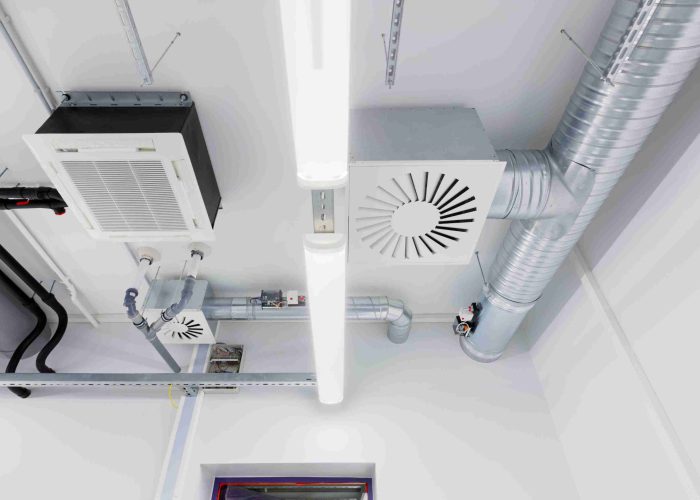
LEED / IGBC / GRIHA / WELL Certification
We provide services to comply for various green building rating such as LEED, IGBC, GRIHA, WELL certification. Feasibility analysis and studies can pe performed to assess the project potential.
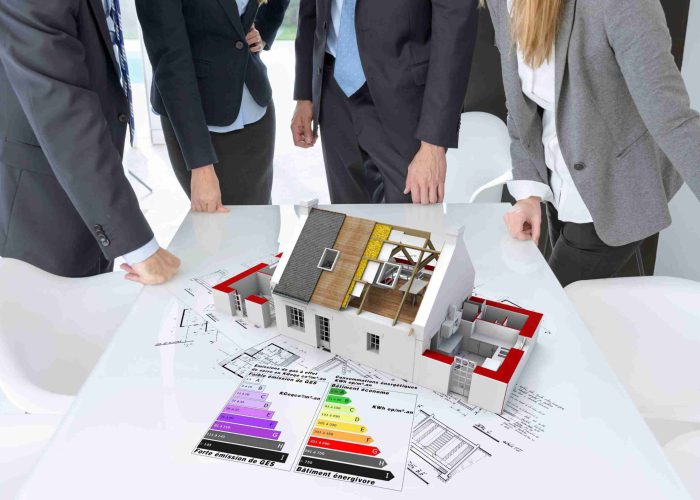
Renewable Generation Potential
The potential for renewable energy generation varies depending on factors such as geography, climate, and available natural resources. Some of the most common forms of renewable energy include solar, wind, hydro, geothermal, and biomass energy.
Solar energy: The potential for solar energy generation depends on the amount of sunlight a location receives. In areas with high levels of solar radiation, such as deserts or tropical regions, solar energy can be a highly viable source of renewable energy.
Wind energy: The potential for wind energy generation depends on the average wind speeds in a particular area. Locations with consistent, high-speed winds, such as coastal regions or mountain passes, are ideal for wind energy generation.
Overall, the potential for renewable energy generation is vast and depends on a combination of natural resources, geographic location, and technological advancements. With continued innovation and investment, renewable energy has the potential to become a major source of energy in the future.
